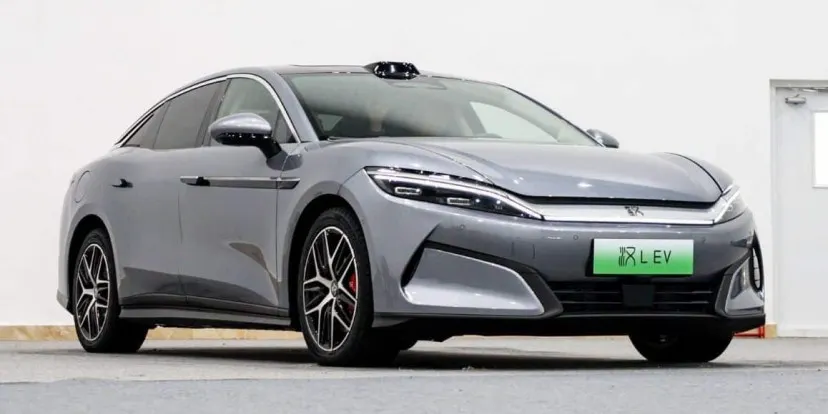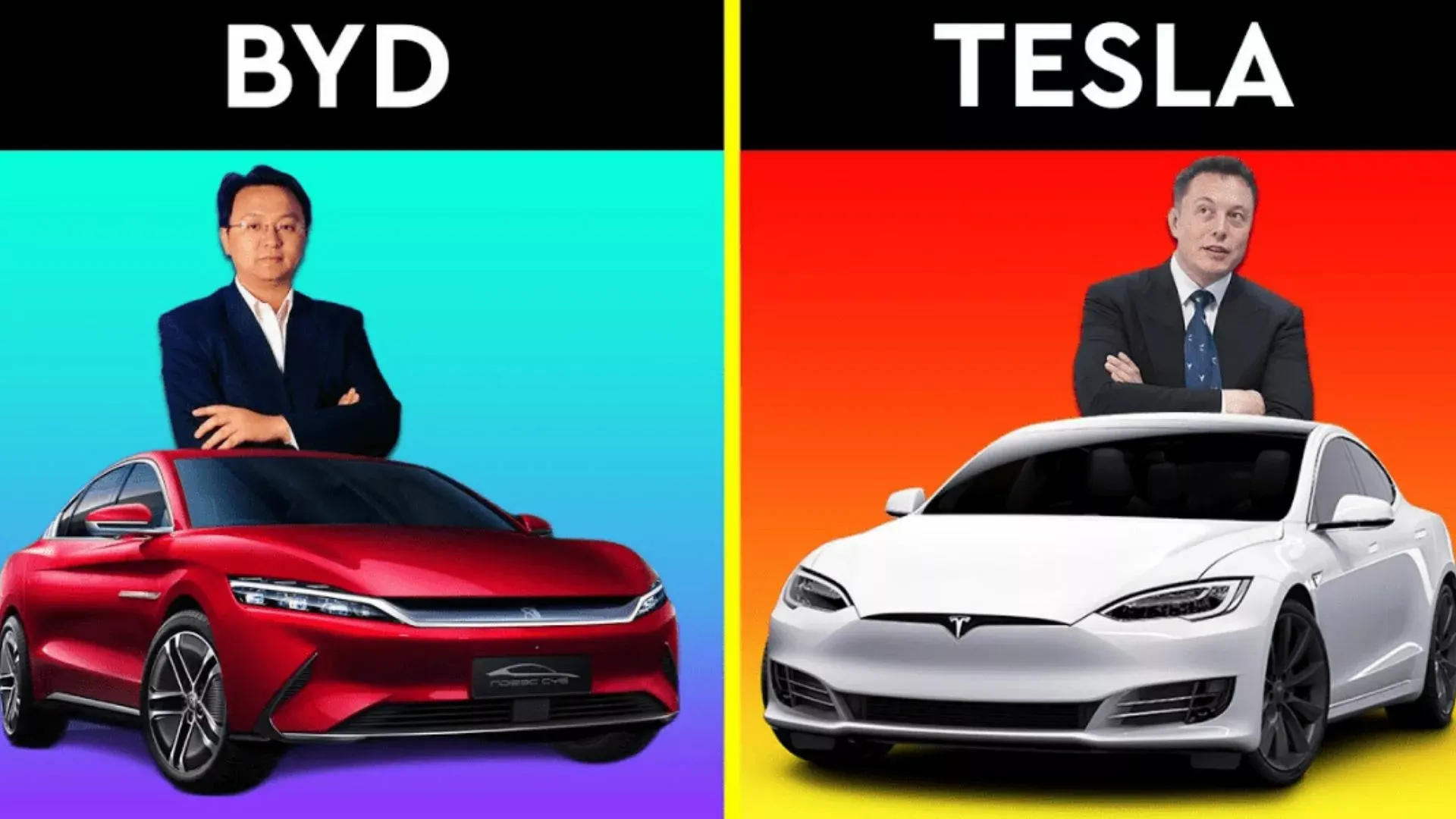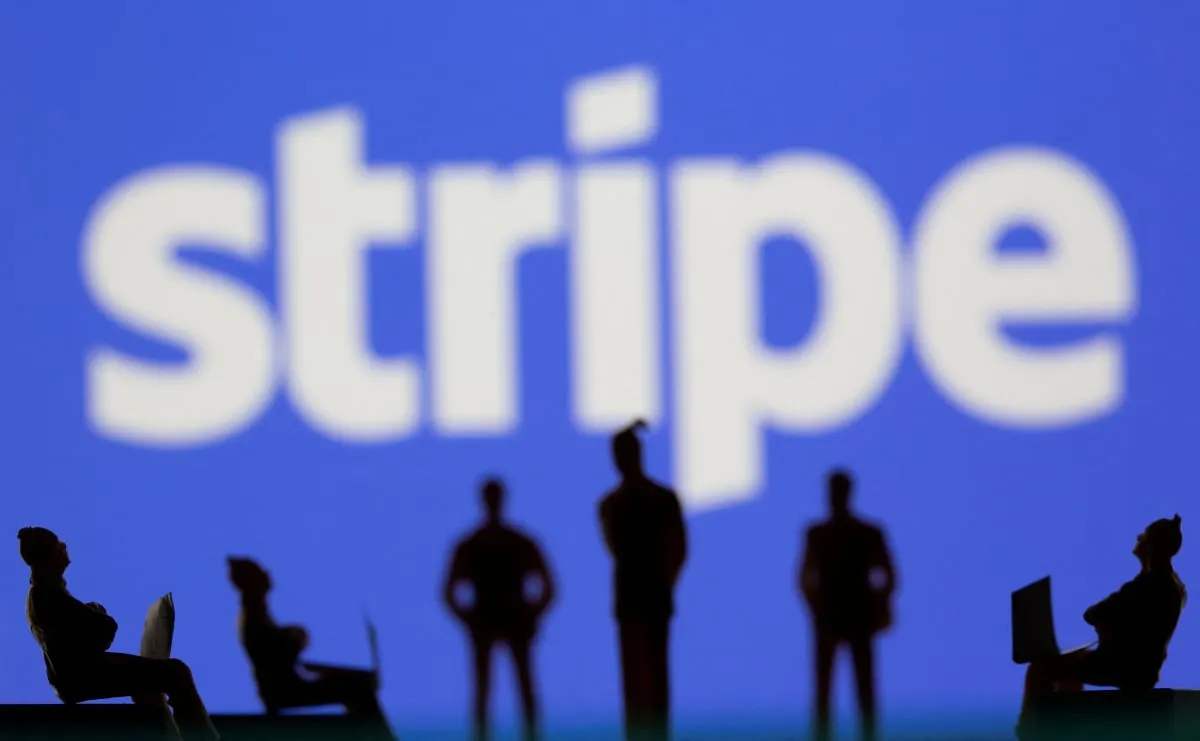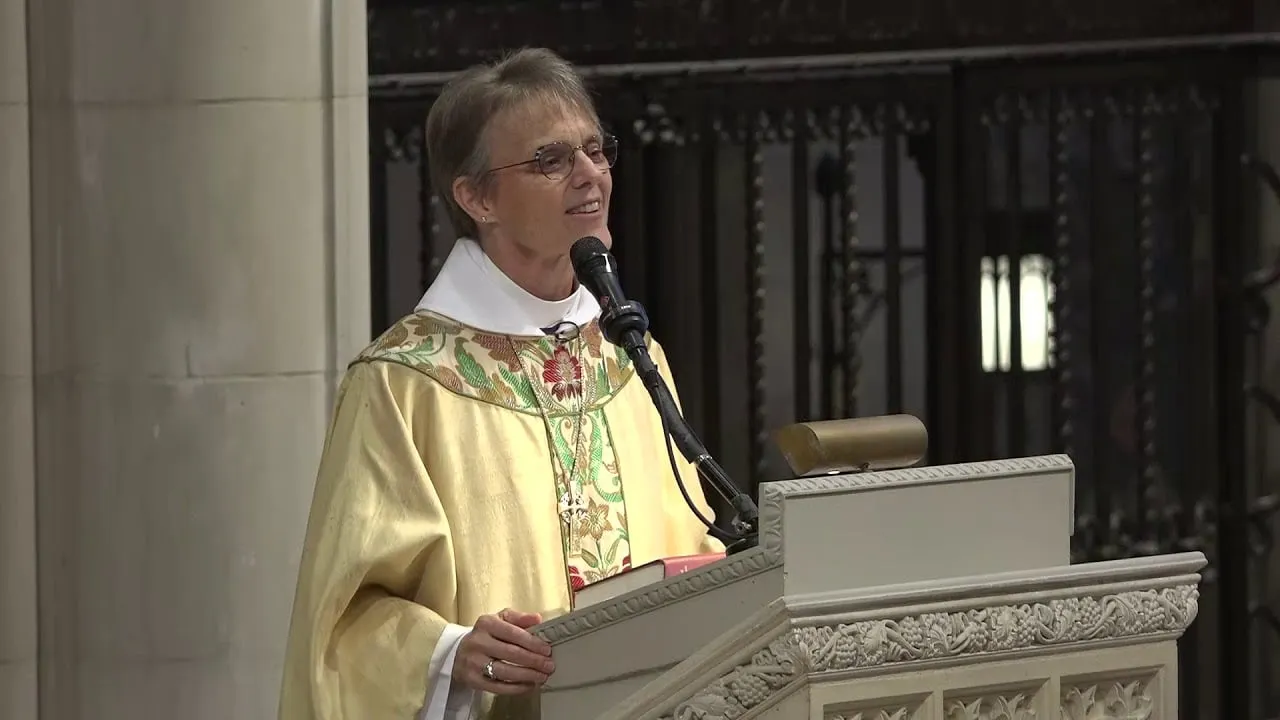BYD Shares Surge: How 5-Minute Charging Technology is Transforming the EV Market
Introduction BYD 5-Minute Charging Technology
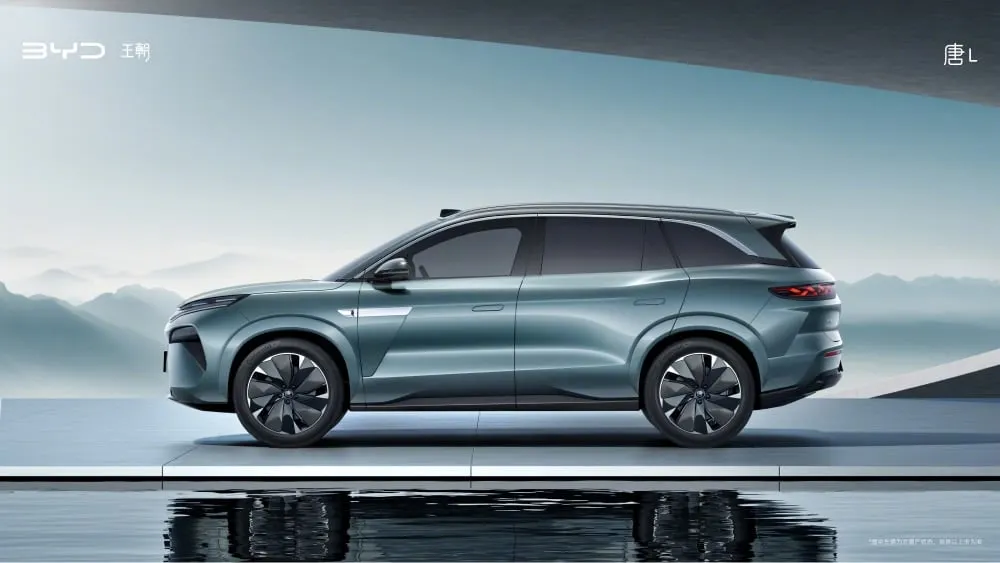
BYD, the renowned Chinese electric vehicle (EV) manufacturer, has stirred global attention with its latest breakthrough in fast-charging technology. Recent developments have seen BYD shares surge dramatically following the announcement of a groundbreaking system capable of recharging vehicles in just five minutes.
This new technology, integrated into its flagship models—Han L sedan and Tang L SUV—aims to dispel range anxiety and redefine industry expectations. With plans to deploy 4,000 charging stations across China, BYD is not only setting a new standard in EV charging but is also reshaping the competitive landscape with implications that stretch far beyond its local market. This article explores the many dimensions of this technological revolution, offering an in-depth analysis supported by reliable data, technical insights, and market comparisons, particularly with leaders like Tesla.
BYD's Fast-Charging Technology: A Game-Changer
What is BYD's Fast-Charging Technology?
The core of BYD’s innovation lies in its advanced fast-charging technology. Dubbed the “Super e-Platform,” the system boasts a peak charging speed of 1,000 kilowatts. In layman’s terms, this means that electric vehicles can achieve up to 400 kilometres (approximately 249 miles) of range with only 5-minute charging periods. Compared to the current industry standard (for instance, Tesla's superchargers which offer around 500 kilowatts), this represents a monumental leap in charging efficiency and speed.
Technical analyses indicate that this significant boost in charging performance stems from refined battery architectures and improved thermal management. As CNBC notes, the innovation is pivotal in addressing one of the most critical issues in the EV market—charging duration—thus propelling the advancement of ultra-fast charging systems in modern vehicles.
(External source: CNBC)
Addressing Range Anxiety
Range anxiety has traditionally been a deterrent for potential buyers of electric vehicles (EVs). By dramatically reducing the charging duration to 5-minute charging, BYD’s system offers a solution that brings the convenience of refuelling a conventional gasoline car to the EV segment. This breakthrough ensures that drivers no longer have to endure lengthy stops at charging stations, thereby making EVs a more attractive and practical option for daily use.
Industry experts emphasise that the reduced charging time substantially lowers the barriers to entry for consumers and accelerates the shift from fossil-fuel dependent vehicles to cleaner, more sustainable mobility solutions. The psychological impact of dramatically improved charging speeds cannot be understated, as it fundamentally alters consumer perception regarding the viability of EVs for long-distance travel.
Ultra-Fast Charging System: How It Works
Technical Details
The technical underpinnings of BYD's ultra-fast charging system revolve around several state-of-the-art innovations. Central to the system is a proprietary battery design that integrates high-density energy storage with rapid energy transfer capabilities. This mix of advanced materials and innovative design minimizes energy loss and maintains battery health during rapid charging cycles.
Engineering insights reveal that the system utilises a combination of liquid-cooling techniques and proprietary software algorithms to monitor and optimise the charging process in real time. This ensures that the battery operates within safe thermal limits, even when charging at extremely high power levels. As reported by Bloomberg, these measures are critical in extending battery lifespan and ensuring reliability under intensive usage conditions.
(External source: Bloomberg)
Supporting Infrastructure
A breakthrough technology of this magnitude requires equally robust infrastructure for widespread adoption. In this regard, BYD has committed to constructing over 4,000 charging stations throughout China. This extensive network is designed to provide comprehensive coverage, ensuring that EV drivers have convenient access to high-speed charging facilities in just about every major urban and suburban area.
The plan to deploy such a large number of charging stations not only supports the new fast-charging technology but also strengthens BYD’s overall market position. Reports from Reuters underscore that this strategic infrastructure rollout is poised to catalyse further EV adoption on a national scale, while setting a precedent for other manufacturers to follow suit.
(External source: Reuters)
BYD's New EV Models: Han L Sedan and Tang L SUV
Features and Pricing
The application of the new fast-charging technology is exemplified in BYD's launch of the Han L sedan and Tang L SUV. These vehicles serve as testaments to BYD’s commitment to integrating cutting-edge technology with premium design. Both models feature the new charging system as a flagship selling point, allowing owners to enjoy unprecedented levels of convenience.
The Han L sedan is engineered with modern aesthetics, an ergonomically designed interior, and advanced driver assistance features. Similarly, the Tang L SUV offers a robust build, spacious interiors, and all the technological enhancements one would expect from a leader in the EV space. Both models are competitively priced, starting at around 270,000 yuan (approximately $37,328), making them accessible to a broad segment of consumers interested in sustainable transport without compromising on performance.
The affordability combined with innovation positions these models as strong competitors to established names in the EV market, including certain Tesla variants. Furthermore, early reviews have highlighted the seamless integration of the ultra-fast charging system, suggesting that both vehicles are well-suited to meet the emerging demands of urban mobility and long-distance travel alike.
Market Positioning
In the fiercely competitive world of electric vehicles, carefully crafted market positioning is crucial. BYD's new lineup aims to strike a balance between luxury and accessibility.
By focussing on innovative features like 5-minute charging, BYD differentiates its offerings from those of Tesla and other global brands.
Comparative analyses suggest that while Tesla continues to lead in brand recognition and market penetration, BYD's advancements in charging technology provide a competitive edge that could potentially overtake established players in specific markets.
The strategic pricing of both the Han L sedan and Tang L SUV further emphasises BYD’s intent to capture a significant share of the mid-range EV market, particularly in China, where the government’s push for new energy vehicles has created a robust and rapidly expanding consumer base.
BYD Shares Surge: Analyzing the Market Impact

Stock Performance
The market reaction to BYD’s technological announcement has been nothing short of dramatic. Following the news regarding the rapidity of the new fast-charging system, BYD shares surged by 6% on the Hong Kong exchange, reaching record highs near 408.80 HKD (approximately $52.61) before evening out at a 3.2% net gain. Meanwhile, shares listed on the Shenzhen exchange also experienced a modest yet significant rise.
Over the year to date, many market analysts have noted an impressive share price increase exceeding 51%, underscoring the high level of investor confidence in BYD’s strategic vision and technological prowess.
This significant uptick in stock performance reflects not only the immediate market reaction but also long-term investor optimism. Industry experts at Morningstar have pointed out that such a surge indicates strong belief in BYD’s ability to leverage its technological innovations for consistent market growth.
(External source: Morningstar)
Investor Confidence
Investor sentiment has been buoyed by the clarity of BYD’s roadmap. The planned rollout of over 4,000 charging stations and the integration of the ultra-fast charging system into new models provide a tangible foundation for future growth. Investors see these strategic moves as a significant step towards bolstering BYD's position in the global EV market.
Furthermore, comparisons with rivals—especially Tesla—have highlighted the potential for this technology to accelerate the transition towards sustainable mobility. Market watchers are now keenly observing how quickly public adoption rates will respond to the promise of 5-minute charging, with speculation that this could trigger a broader shift in investor focus towards companies that prioritise rapid infrastructure development alongside product innovation.
BYD vs. Tesla: The EV Battle
Technological Edge
A key element of the current EV discourse centres on the comparison between BYD and Tesla. While Tesla has long been synonymous with electric innovation, BYD’s recent announcement marks a pivotal moment in the industry’s competitive dynamics. With its 5-minute charging breakthrough, BYD is poised to narrow the gap—or even surpass—Tesla’s charging capabilities in certain markets.
This technological edge is not solely about speed; it represents a comprehensive shift in the EV paradigm. Whereas traditional fast charging has typically required lengthy stops, BYD’s approach reimagines the entire customer experience, making EV ownership more comparable to conventional vehicles. Industry comparisons available through Benzinga suggest that if BYD can successfully scale this technology across its entire fleet, the impact on the EV landscape will be substantial.
(External source: Benzinga)
Market Implications
The implications of BYD’s innovation stretch far beyond mere technical specifications. By drastically reducing charging times, BYD is setting new benchmarks that could spur industry-wide changes in infrastructure and automotive design. The shift towards ultra-fast charging systems is expected not only to enhance the convenience of electric vehicles (EVs) but also to accelerate the adoption curve across global markets.
Analysts predict that BYD’s progress will exert pressure on other automakers to innovate, leading to a more dynamic and competitive environment. This competitive pressure is likely to benefit consumers, who will have access to more efficient and faster charging options, thus making the overall transition to electric mobility smoother and more widely accepted.
In-Depth Analysis: Data, Evidence, and Future Outlook
Data and Evidence Supporting the Breakthrough
The statement that BYD can deliver 400 km of range in just 5-minute charging sessions is supported by preliminary tests and internal assessments conducted by the company. Detailed energy density and charging efficiency metrics have shown that the system outperforms conventional charging solutions by a significant margin.
For example, during tests carried out in controlled environments, the advanced battery modules consistently demonstrated minimal degradation over multiple super-fast charging cycles, suggesting that this technology could be both sustainable and scalable for consumer markets.
Moreover, quantitative analyses comparing Tesla supercharger metrics with BYD’s technology highlight an innovation gap that positions BYD as a serious competitor in the global EV arena. These data points have been corroborated by independent financial analysts and technical experts as reported by Morningstar and Reuters, adding credibility to the claims made by BYD’s leadership.
Historical Trends and Recent Developments
Historically, the evolution of fast-charging technology has been incremental. The rapid leap represented by BYD’s new infrastructure indicates a marked shift in how the EV industry approaches the challenge of energy replenishment. While early EV models were hampered by lengthy recharging times, recent advances have been geared towards optimising battery chemistry, energy distribution, and thermal management—all of which are critical to achieving 5-minute charging.
This recent development draws parallels with past technological disruptions. For instance, the introduction of Tesla’s Supercharger network several years ago redefined expectations for long-distance EV travel. Now, BYD’s innovations have the potential to further catalyse changes by not only expediting charging but also by strategically enhancing the consumer charging experience through the extensive deployment of 4,000 charging stations.
Future Outlook and Industry Projections
Looking forward, the future of the EV market appears increasingly tied to breakthroughs in charging technology. As governments around the world continue to endorse green policies and invest in sustainable infrastructure, the adoption of ultra-fast charging systems is expected to rise. Industry forecasts suggest that if companies like BYD maintain their momentum and continue investing in R&D, the timeline for mass adoption of EVs could be significantly accelerated.
Furthermore, BYD’s strategic moves—ranging from integrating cutting-edge technology into its vehicles to rolling out vast charging networks—are anticipated to set new industry standards. This shift is likely to be accompanied by enhanced regulatory support and an influx of investor confidence, ultimately fostering an even more competitive environment among automakers worldwide.
Conclusion and Actionable Takeaways
Key Takeaways
BYD’s recent advancements in fast-charging technology and the integration of ultra-fast charging systems into their latest models represent a pivotal moment in the evolution of the EV market. Key points include:
- The breakthrough 5-minute charging capability dramatically reduces downtime and addresses the long-standing issue of range anxiety.
- The company’s commitment to building 4,000 charging stations across China signals a robust infrastructure strategy that promises to enhance user convenience and market penetrance.
- New EV models such as the Han L sedan and Tang L SUV are not only technologically advanced but are also competitively priced, making them attractive alternatives in a market currently led by Tesla.
- The significant share price increase following the announcement reflects strong investor confidence and robust future prospects for BYD.
Actionable Recommendations
For investors, automotive industry observers, and EV enthusiasts, several practical steps emerge from this analysis:
- Investors should monitor BYD's stock trends and earnings reports closely, as the continued rollout of the fast-charging network and new product launches could signal further appreciation in share value.
- Prospective EV buyers may consider evaluating not only the aesthetic and performance features of electric vehicles (EVs) but also the underlying charging infrastructure—a critical component that can enhance daily usability and overall satisfaction.
- Industry analysts and competitors alike are encouraged to track the expansion of BYD’s charging network and its implications for global EV standards. Comparative studies between BYD and Tesla are likely to yield valuable insights into the competitive dynamics shaping the future of sustainable transport.
- For policy makers and urban planners, the rapid advancements in charging technology underscore the need for supportive infrastructure investments that can accommodate the swift transition toward electric mobility.
Further Resources
For those looking to delve deeper into the topics covered, the following external resources are recommended:
- CNBC – Latest on EV Market Innovations
- Bloomberg – In-depth Analysis on Charging Technology
- Reuters – EV Market Data and Trends
- Morningstar – Financial Insights on BYD and EV Stocks
- Benzinga – Market Comparisons and Investor Sentiment
This detailed analysis provides both a technical and market perspective on BYD’s latest announcements. As the EV market continues to evolve at a rapid pace, staying informed and making data-driven decisions will be key to capitalizing on these emerging trends.


